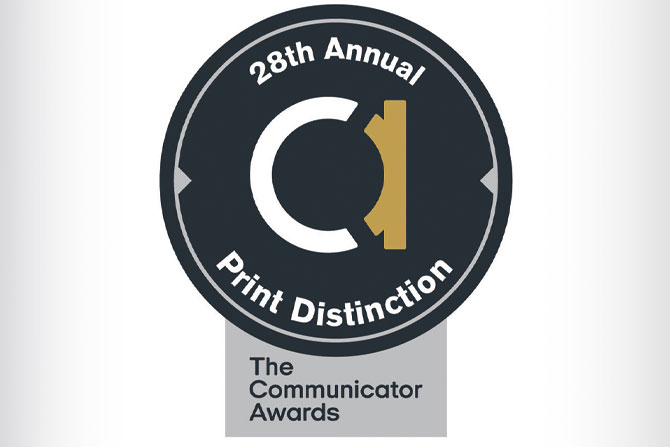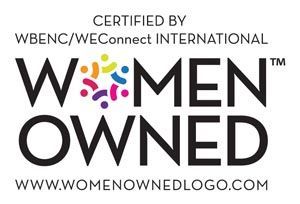The newsLINK Group has seen some marketing changes over the last few decades. Since most associations have websites, and many associations put their magazines online, some of those changes are thanks to internet searches.
We learned a long time ago that having original content makes a difference, no matter the organization. That’s why our marketing niche is original content for association magazines. We can give you magazine articles you won’t find anywhere else.
What, you thought we were going to talk about SEO?
DOING SEO THE RIGHT WAY
SEO does matter to associations. But when many people talk about SEO, they think it means peppering the text with relevant words. That’s not fun to read. The results are often unnatural, and then the strategy backfires.
Search engines are becoming increasingly sophisticated, and they are most interested in content with the following characteristics:
- Originality
- Credibility
- Readability
- Relevance
Let’s talk more about them.
ORIGINALITY
Originality is at the top because the internet is full of articles whose content is either the same or very similar to other articles. Your only hope for being noticed in a dense crowd is to be at the top of the list. That’s why so many people focus on SEO.
According to EDGY Labs, there are more than 1.7 billion websites. On the Amazon website for Chip Heath’s book Making Numbers Count, Heath points out that a million seconds – seconds, not websites – equals 12 days and a billion seconds equals 32 years. Nobody will spend more than 12 minutes, never mind 12 days or 32 years, looking for your association website.
One easy way to improve your visibility on the internet is to share original content on social channels such as Facebook and LinkedIn. People who see an interesting article click it, taking them to your association website (and even your magazine site), and that helps increase website traffic and improve SEO rankings. This also holds true when sharing articles from your association’s magazine website, which all associations have. That’s why people want their websites to be at the top of the list in an internet search and having original content will help.
Please note, the important word here is “original.” If someone plagiarized an article, it used to be that it might not be obvious. That isn’t true anymore. People don’t look at all those websites, but search engines do. When a website article is plagiarized, search engines recognize that and rank the article lower than original articles. It doesn’t matter if an article is well-written and relevant if the contents are also an obvious repeat that can be found all over the internet.
When writing original articles, the key is to take existing ideas and put a personal spin on them. We start by focusing on the main points of what has already been written. Considering then using multiple sources gives articles depth and synergy. Then we write a summary of the results in our own words. It’s a technique that has worked well for many writers:
- Shakespeare wrote plays based on books he read, including Latin and Greek authors, and he paid attention to what might please the royal family. For example, James I was descended from Banquo and was interested in witches. When Shakespeare wrote Macbeth, characters included Banquo as a good guy and witches. Shakespeare also combined plots written by other people then added unique details.
- Niklaus Luhman was a sociologist and prolific writer. He originated the Kettelkasten method, which is a note-taking system. The notes are from anything a person reads that sparks interesting ideas, making it possible to use them later while writing.
- Malcolm Gladwell has a class on the MasterClass website. He recommends going to the library and looking at the books on the shelf around the books you might want to read. That way, you can look for unexpected connections to related subjects that will make your work richer and deeper.
When we do place articles in multiple magazines, we make sure we don’t oversell them, and we keep an eye on whether your readers would be likely to see it in another magazine.
We also specialize in writing original interviews. If your association wants to highlight a member’s life, for example, we come up with a list of questions, conduct an interview and write an article. The association and the person being interviewed both have a chance to edit it before it appears. The articles we write after interviewing someone are original, readable and relevant.
CREDIBILITY
Credibility matters because it helps you create a reputation as an industry expert. Good associations provide thought leadership to their readers. However, it’s impossible to lead if your magazine always parrots other peoples’ thoughts on important subjects.
People like to read articles that are informative, entertaining and reliable. Professionally written articles are helpful for any association magazine that wants to retain – and perhaps increase – the number of active members.
READABILITY
Readability means you can’t just stuff a bunch of words into an article and expect to attract readers. Any keywords there have to occur naturally. Again, search engines have algorithms to help them determine whether something is written well or poorly. Poorly written articles get ranked lower than if they were well-written.
RELEVANCE
Relevance is dependent on what interests your readers. An article about something important to them is more likely to be read than an article about anything they think is boring or irrelevant. But importance is highly subjective, and it changes over time, depending on a person’s job, life and personal interests.
IN CONCLUSION
Writing original content takes more time than a buy-once-use-many approach, but it’s easier and faster to come up with original content than you might think. Also, magazines with original content are far more effective than magazines without it.
The newsLINK Group can help you create magazines readers will love, online and on paper.








